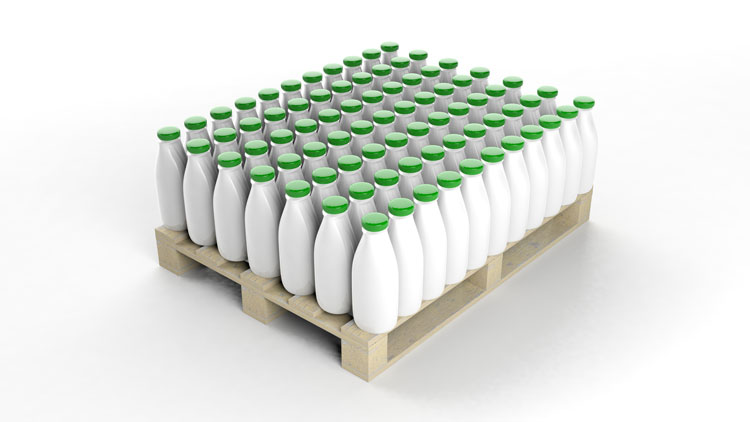
Milk production growth continues despite the distressed economic signals experienced by dairy farmers across the country. The 0.4 percent average daily gain in July’s milk flow reflected the second-lowest production gains since January 2016, yet the 2018 trend of higher milk production every month relative to the same time last year continued to move forward.
Given these production factors, milk prices will continue to struggle unless demand for dairy products outpaces the growth in milk supplies. Domestic demand for some dairy products has faltered, especially fluid milk, putting pressure on dairy exports to carry demand growth.
A $1.2 billion spread
When dairy farm cash receipts reached a record high of $49.4 billion in 2014, U.S. dairy export value also reached a record of $7.2 billion that year. With dairy farm cash receipts crashing to an expected $35.1 billion in 2018, it is not surprising that dairy export values are also down, likely finishing 2018 below $6 billion. Although the correlation between dairy farm cash receipts and dairy export value is far from perfect, it is unlikely that the industry will return to desired profitability levels without strong dairy export levels.
July data shows that U.S. dairy export value continues to outpace year-ago levels. However, U.S. dairy export values have moved lower month to month for three consecutive months since posting $524 million in sales this April. A further weakening in dairy export values in the last five months of 2018 would likely keep financial stress on many U.S. dairy operations.
The effects of new tariffs imposed on U.S. dairy products by China and Mexico contributed to trade value declines evident in the latest July trade data. The value of dairy exports to Mexico fell by $19 million dollars from June to July. In the case of China, the export value fell by $11 million and is 27.1 percent below year-ago levels. If tariffs continue throughout 2018, U.S. dairy export values will likely continue to struggle.
Until there is better balance between dairy supplies and demand, milk prices will likely stay at lower levels. Barring a significant slowdown in milk production growth, the key to higher milk prices will remain with stronger dairy exports.








